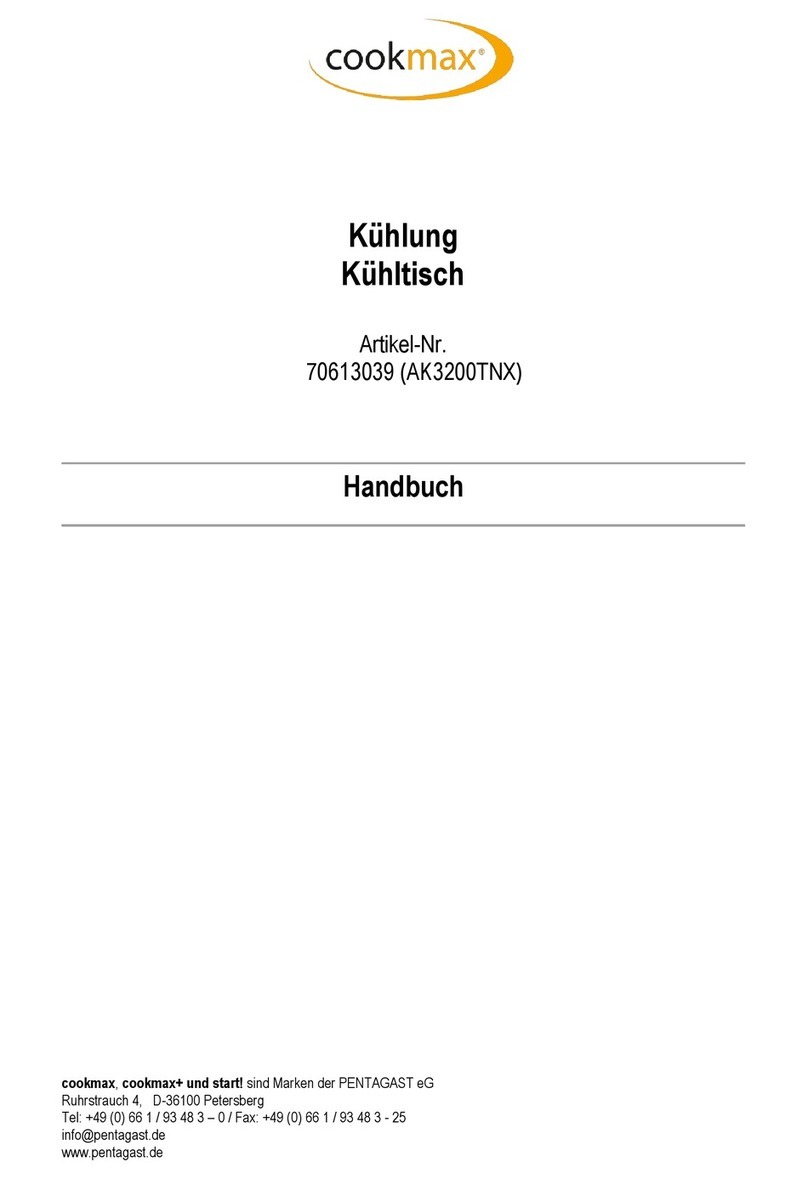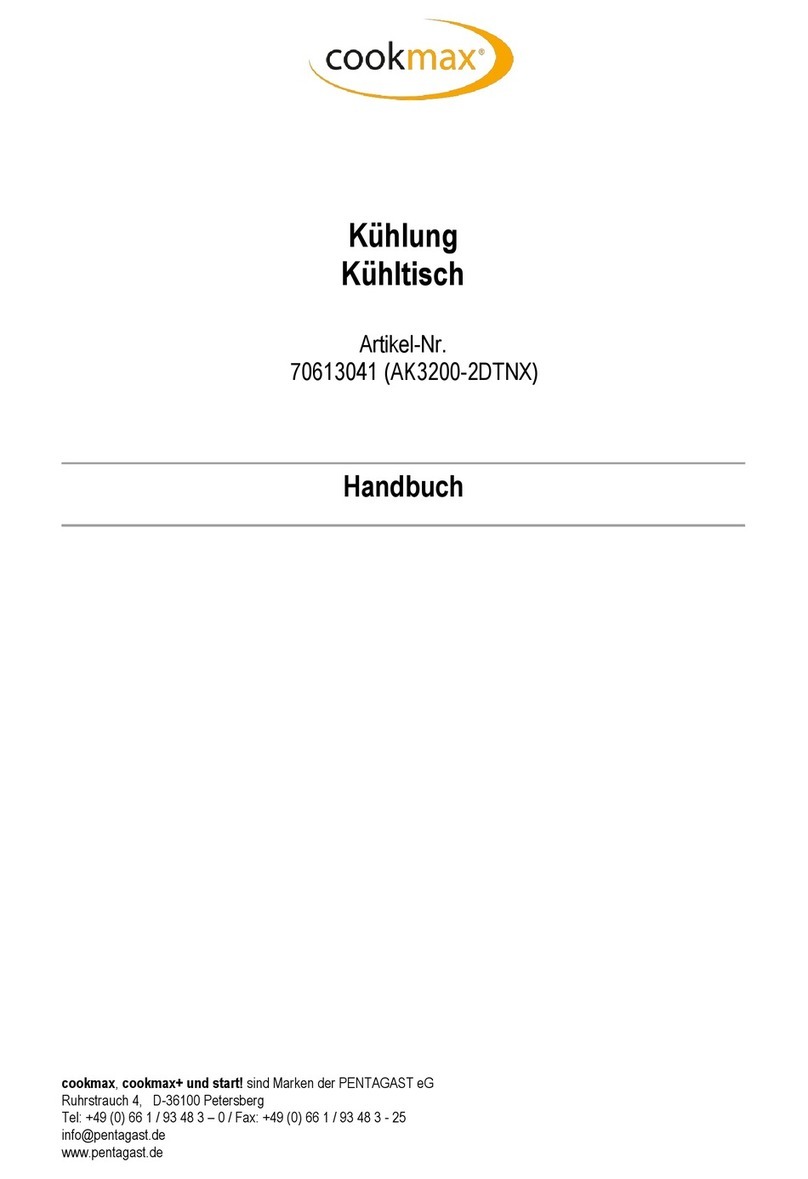
17.7.2007 Rev.
1
1. General .......................................................................................................... 1
1.1 Symbols used in the manual .......................................................................................... 1
1.2 Symbols affixed to the appliance .................................................................................. 2
1.3 Checking correspondence between the handbook and the appliance ............................ 2
2. Safety .............................................................................................................. 3
2.1 Using the appliance safely ............................................................................................. 3
2.2 Safety instructions in case of malfunctions ................................................................... 3
2.3 Disposing of the appliance ............................................................................................ 3
3. Functional description .................................................................................. 4
3.1 Application of the appliance .......................................................................................... 4
3.1.1 Prohibited use/Use for unintended purposes ......................................................... 4
3.2 Construction .................................................................................................................. 4
3.3 Operating principle ........................................................................................................ 4
3.3.1 Control panel .......................................................................................................... 5
4. Operating instructions ................................................................................. 6
4.1 Before use ...................................................................................................................... 6
4.1.1 Preparing for use .................................................................................................... 6
4.2 Using the appliance ....................................................................................................... 7
4.2.1 Filling the tank ....................................................................................................... 7
4.2.2 Lighting the pilot flame ......................................................................................... 8
4.2.3 Lighting the main tank burner ............................................................................... 8
4.2.4 Cooking .................................................................................................................. 8
4.2.5 Switching off the appliance ................................................................................... 9
4.2.6 Emptying the tank .................................................................................................. 9
4.3 Operations after using the appliance ............................................................................. 9
4.3.1 Daily cleaning ........................................................................................................ 9
4.3.2 Periods of disuse .................................................................................................. 10
4.3.3 Routine maintenance ............................................................................................ 11
4.3.4 Supplementary cleaning ....................................................................................... 11
5. Installation ................................................................................................... 12
5.1 General ........................................................................................................................ 12
5.1.1 Installation conditions in compliance with regulatory requirements. .................. 12
5.2 Exhausting fumes ........................................................................................................ 12
5.3 Storage ......................................................................................................................... 13
5.4 Unpacking the appliance ............................................................................................. 13






























